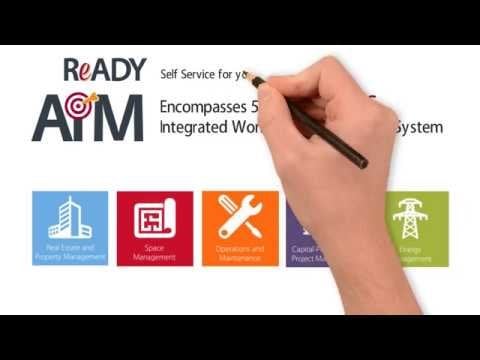Colleges and universities face an ongoing dilemma: how to meet today’s urgent facility needs while planning responsibly for tomorrow. Budgets are tight, deferred maintenance grows every year, and leadership teams are under increasing pressure to justify every dollar spent.
Spreadsheets and siloed processes simply don’t cut it anymore. Institutions deserve a smarter, data-driven approach, one that gives them the transparency, foresight, and control needed to invest wisely. That’s where capital planning and project management software come in.
What Higher Education Leaders Should Expect
When evaluating a capital planning solution, institutions should expect more than just a project tracker. The right platform should:
- Unify data across facilities, finance, and planning offices
- Prioritize needs based on real risk, compliance, and mission impact
- Support transparency for boards, funders, and stakeholders
- Model funding scenarios to make the best use of limited resources
- Drive accountability through execution tracking and reporting
In short, universities deserve a system that helps them move from reactive fixes to a proactive strategy.
The Four-Part Capital Planning Cycle
At AssetWorks, we believe effective capital planning is a continuous cycle, not a one-time plan. Our framework has four phases:
- Assessment
The foundation is knowing exactly what you have and what you need. With Assessment and Needs Analysis (ANA), institutions build a comprehensive needs library that captures deficiencies, life-cycle requirements, and compliance gaps.
- Strategic Plan Development
Data from assessments flows directly into Capital Planning and Project Management (CPPM), where institutions can build multi-year strategic investment plans aligned with mission goals.
- Project Selection & Funding
Not every project can be funded at once. CPPM provides tools to evaluate proposals, compare funding scenarios, and select the projects that deliver the greatest impact.
- Execution & Tracking
Once projects move forward, CPPM supports execution, from budget tracking to progress monitoring, ensuring accountability and feeding results back into future assessments.
How ANA and CPPM Work Together
- ANA defines the needs.
- CPPM transforms those needs into action.
Together, they close the loop between assessment, planning, funding, and execution. The result is a living, adaptive strategic plan that evolves as campus conditions and funding realities change.
Smarter Planning for a Stronger Future
Capital planning is about more than keeping the lights on, it’s about ensuring the long-term strength and success of the university. By pairing ANA and CPPM, institutions can move beyond short-term fixes to create a sustainable, strategic roadmap that truly supports their academic mission.
If you’d like to know more about how capital planning and project management software can help you, please contact our team at AssetWorks.


.jpeg)



.jpg)

